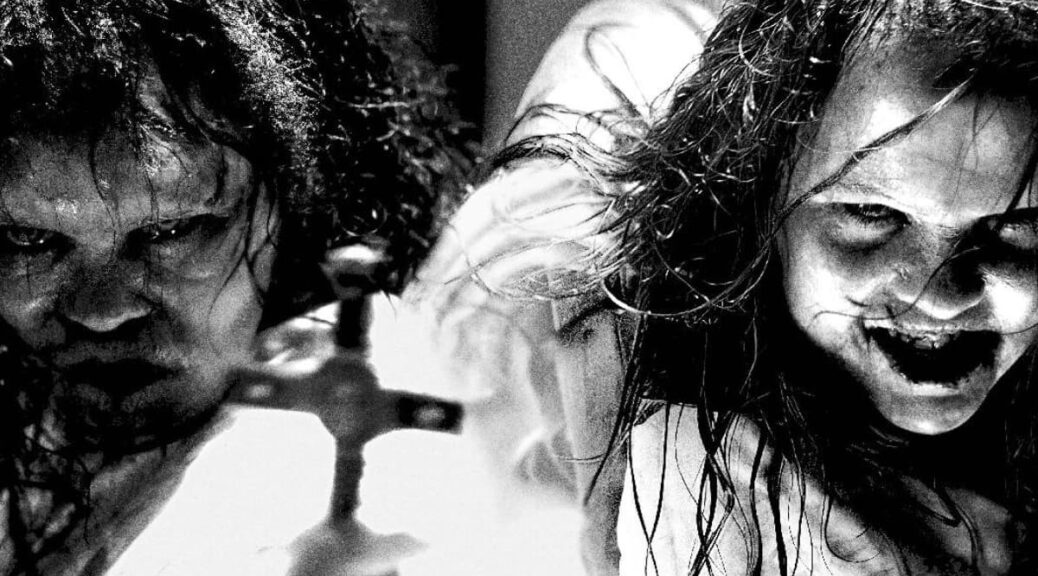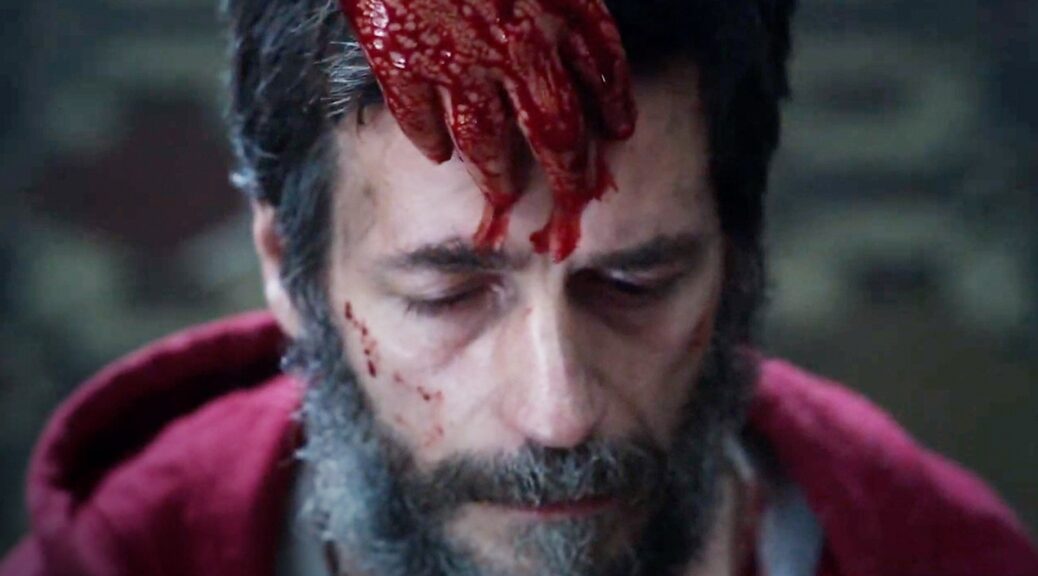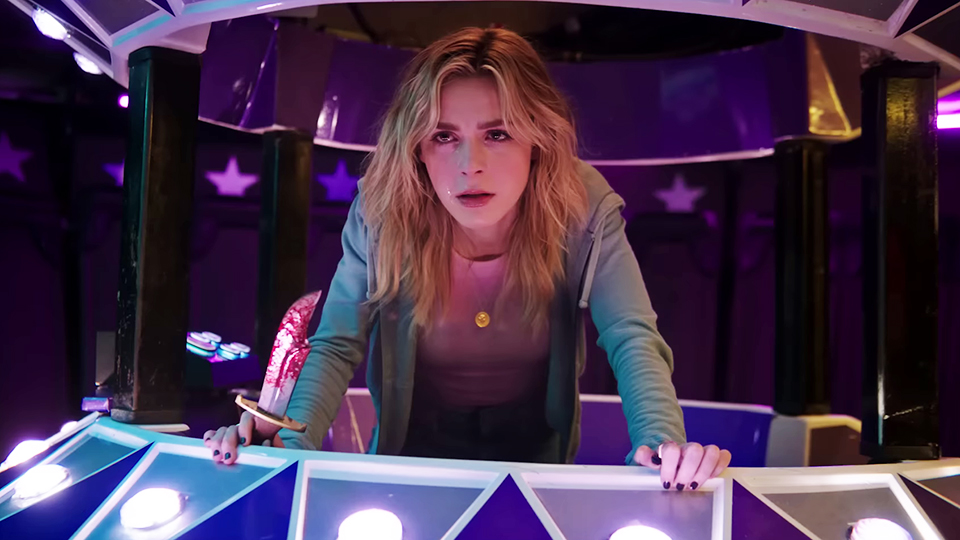Herd
by Brandon Thomas
To give their crumbling relationship one last shot, Jamie (Ellen Adair) and Alex (Mitzi Akaha) head into the wilderness for a weekend of camping. After a canoeing accident leaves Alex injured, the two make their way out of the woods in search of medical help. Instead, the couple finds that society in their immediate area has crumbled due to a localized outbreak. Infected people are roaming the countryside, murdering and spreading the infection.
The idea of a zombie movie with a message feels like a drinking game at this moment in time. Take your first drink when the surprised heroes stumble upon the outbreak already in full effect. Toss back that second drink when the movie muses that – gasp – mankind might be the real monster. Then make sure you have a hangover in the morning by polishing off the six-pack when one of the main characters hides that they’ve been bitten or scratched by the infected. Movies in this subgenre are basically about checking boxes at this point, and Herd is unfortunately no different.
The film opens promisingly enough by focusing on Jamie and Alex’s relationship. The two actors are more than up for the challenge even if the writing isn’t. Both Adair and Akaha handle the emotional tension with ease well before anything horrific begins. It’s a shame that the film becomes too preoccupied with 3 or 4 other plot threads later in the film to truly give these characters their due.
Herd never quite knows what it wants to do other than offer up reheated ideas and sequences from better films. The drama within the human survivors is telegraphed a mile away – or longer depending on how many seasons of The Walking Dead you’ve seen. Even the zombies – or infected? – feel like a much too recent rip-off of The Last of Us. The lack of originality makes for the worst kind of horror movie: a boring one.
Director Steven Pierce does at least deliver an aesthetically pleasing film. It’s well-shot, the assembled cast is professional, and Herd even has a few decent action sequences. However, a polished exterior isn’t enough to hide a script full of incomplete thoughts.
The one bright spot is the inclusion of rising genre favorite Jeremy Holm (The Ranger, Brooklyn 45). Holm’s presence in the film produces certain audience assumptions early on, so it’s doubly satisfying when the character ends up being one of the more morally upright in the movie.
With a half-baked script that relies too heavily on decades-old ideas, Herd is another recent zombie movie that’s D.O.A.













